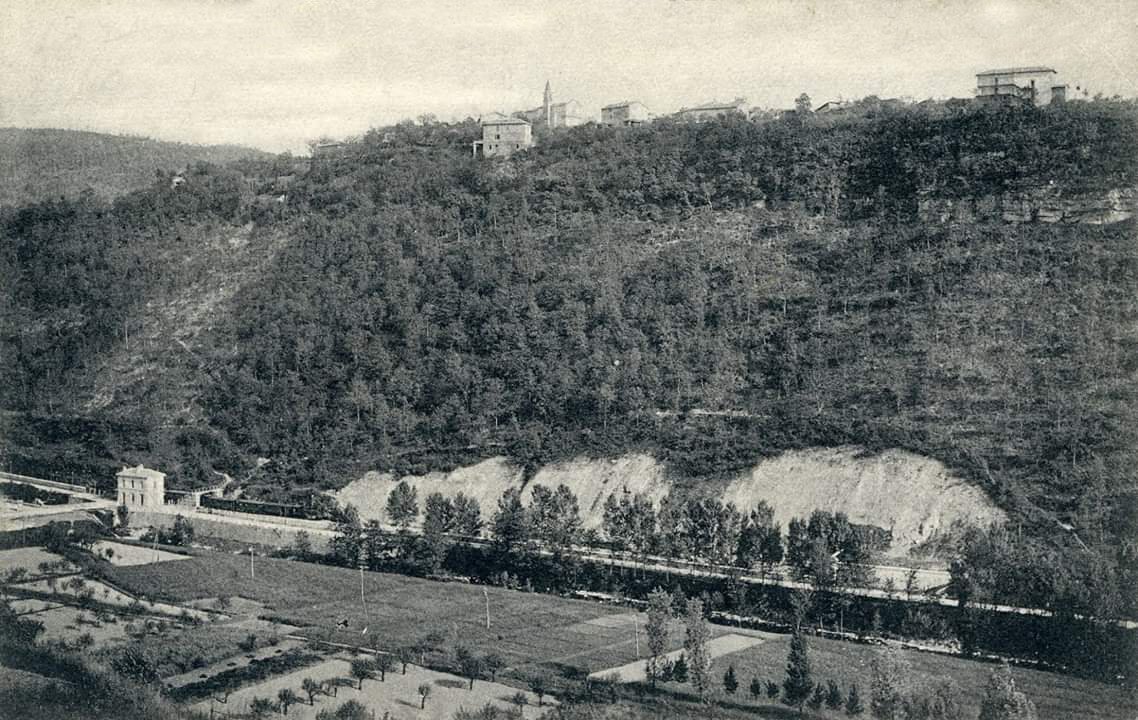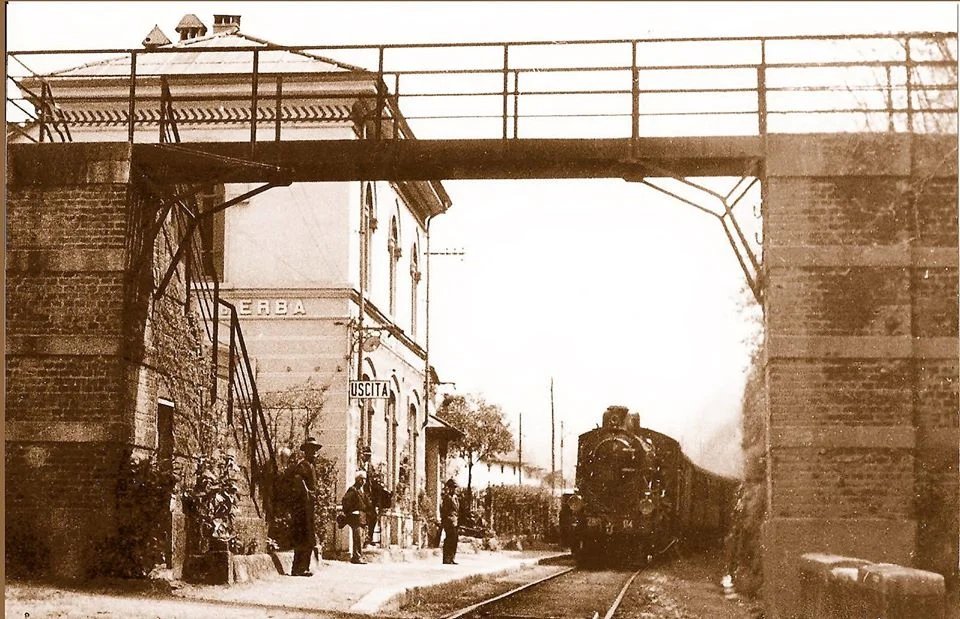Caslino d'Erba


Caslino d'Erba was known simply as Caslino until 1882 and is a small town in the province of Como in Lombardy. Its name derives from castellino, one of the castles which defended the Lambro valley when the routes across the Vallassina were one of the main links between the lake and the plain. The town is in an important strategic position: it defends access to Erba from higher up and access to the valley from lower down. Its location opposite Castelmarte suggests they were paired and were part of a more complex defensive system.
It includes two districts named “Cascina Bianca” and “Cascinetta”, which have both experienced intense growth in recent years. The old town contains historic buildings, the Cà Pecori complex with its Renaissance tower being one such example. The Oratory of San Calocero with its Romanesque bell tower and the Oratory of San Gregorio encircled by Stations of the Cross chapels are of great historical interest. It is also worth mentioning the Forum Franciscanum, known for its initiatives promoting art and culture. There also several old manufacturing sites and silk factories still visible along the old road to Canzo.
The current station at Caslino is an unmanned stop with an overpass which connects the platform to a mountain path that leads to Castelmarte. It once had a passenger building similar to those of other stations on the line, which was demolished at the end of the last century.
Gallery

View of Caslino station and the town of Castelmarte 
The station and footbridge 
The Forum Franciscanum, a peaceful walk